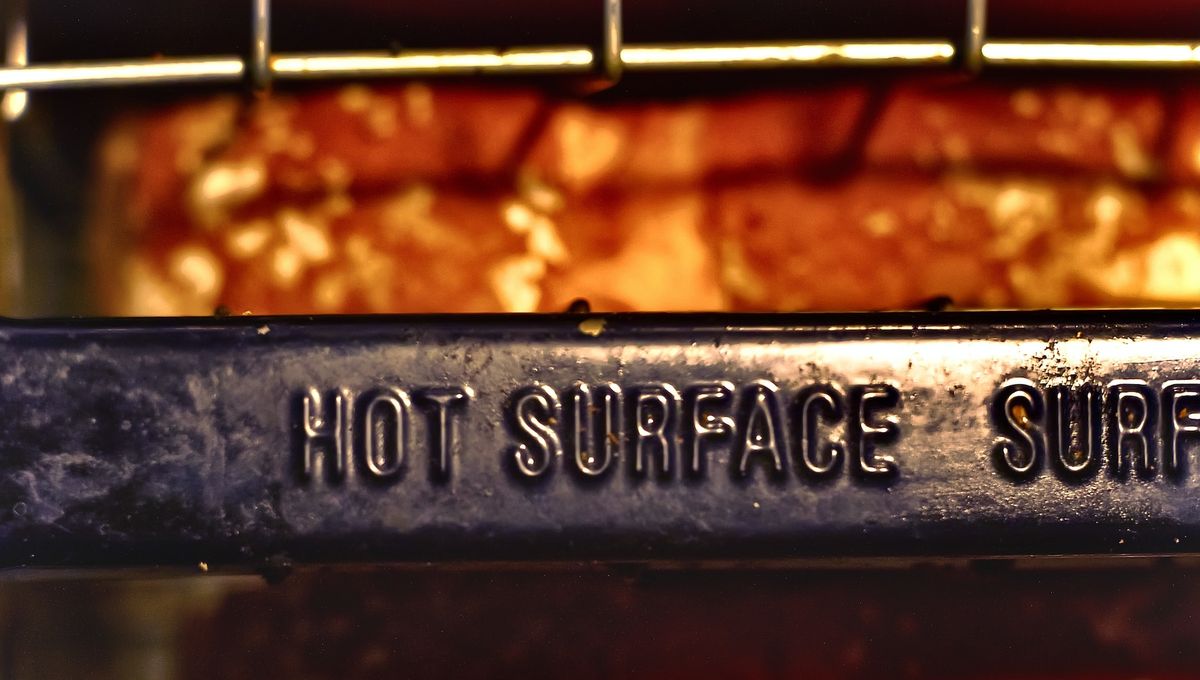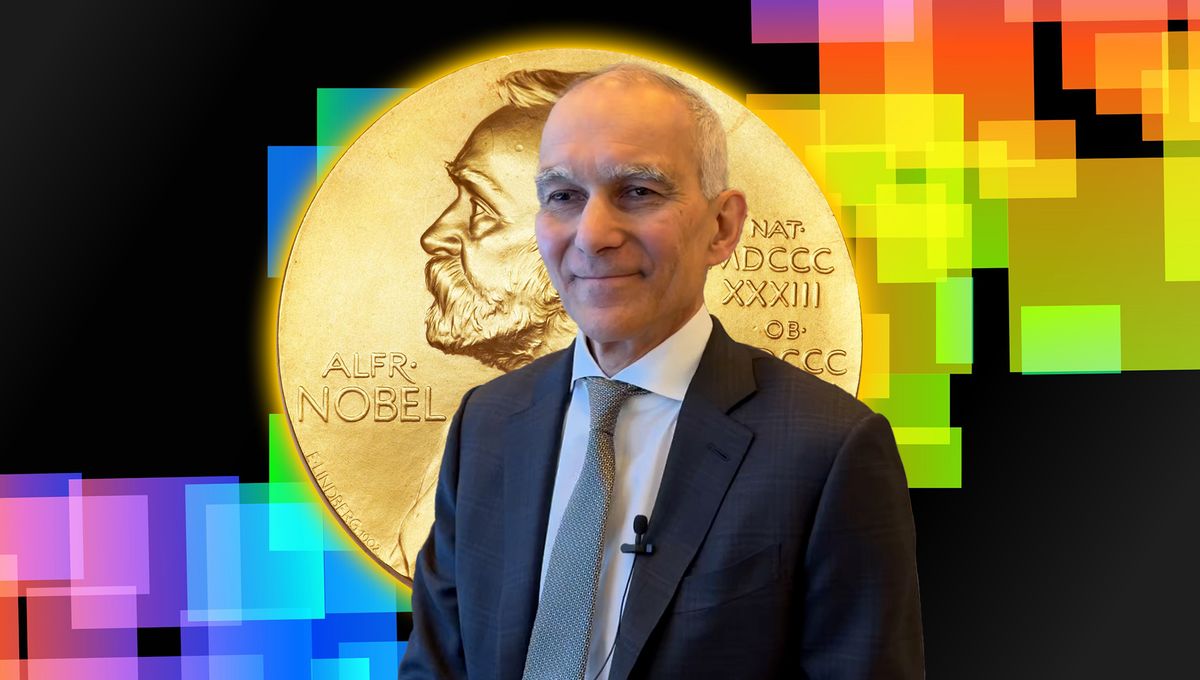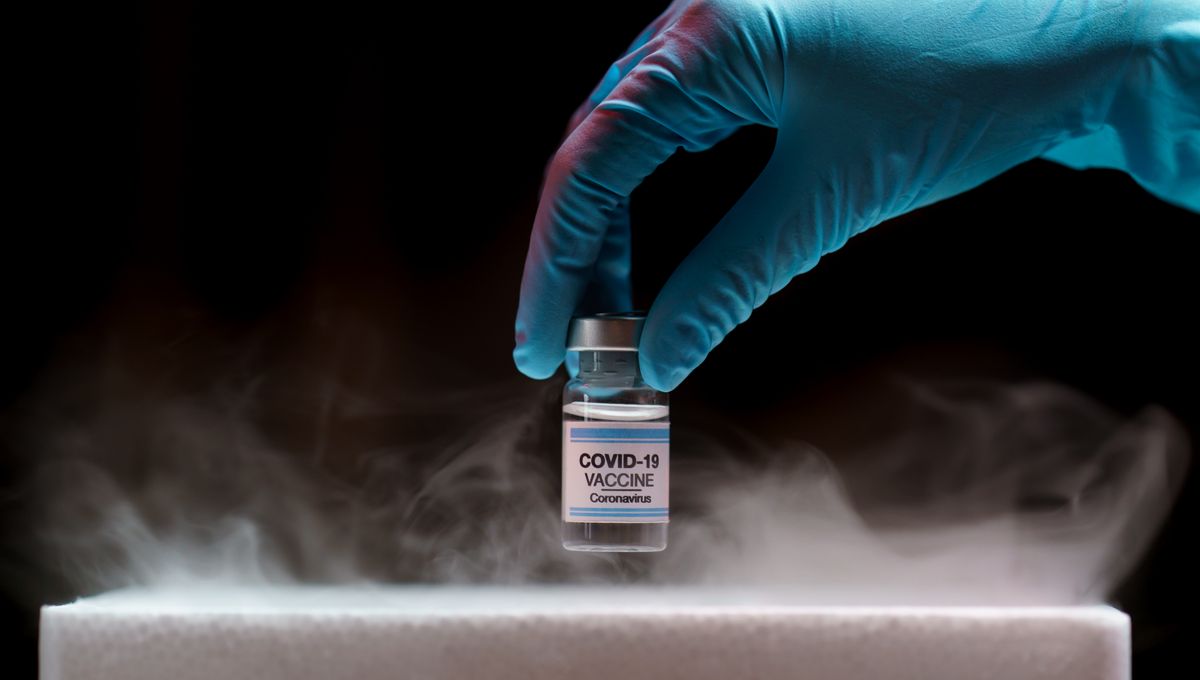Prepare to be amazed by Thomas Thwaites’ incredible journey. While studying at London’s Royal College of Art, he embarked on a daring mission: to build a toaster from scratch. But this wasn’t just any ordinary toaster. Thwaites wanted to create it using raw materials he had sourced himself, taking on the monumental task of mining and refining ore, forging metal, and even making plastic from fossil oil products.
Thwaites’ audacious project was driven by a desire to shed light on our place in a deeply interconnected, hyper-consumerist society. Inspired by a quote from Douglas Adams’ novel Mostly Harmless, he set out to prove that “left to his own devices, he couldn’t build a toaster.” Thwaites aimed to challenge this notion and show that we are capable of so much more.
Little did Thwaites know, the challenge would prove to be much more difficult than he anticipated. He started by purchasing the cheapest toaster he could find for £3.49 (around $4.50) and dismantling it, hoping to reverse-engineer the device. To his surprise, he discovered over 400 components made from more than 100 different materials. However, he managed to simplify these parts to just a handful of essential ingredients: copper, steel, nickel, plastic, and mica (a mineral used for insulation).
But the hurdles didn’t end there. Thwaites faced the daunting task of figuring out how to make plastic. Would you have any idea where to start?
Thwaites’ incredible and often hilarious journey is chronicled in his book. He also delivered a captivating 11-minute TED Talk about the project, which you can watch above.








